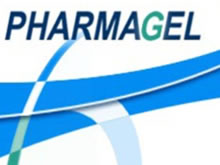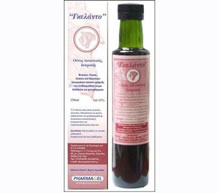
Λεξικό .. Anticonvulsant drug hypersensitivity
Hypersensitivity to several anticonvulsant drugs is common but unpredictable. Cutaneous adverse reactions are frequently described with anticonvulsant drugs, especially with aromatic drugs such as carbamazepine, phenytoin, and phenobarbital. The cutaneous adverse reactions more frequently seen because of anticonvulsant drugs are rashes with fever. Eosinophilia and elevated levels of liver enzymes are frequently associated and this clinical picture is called "anticonvulsant hypersensitivity syndrome."
The drugs implicated most frequently are carbamazepine and phenytoin. Patch tests could be useful for diagnosing this clinical picture. The most frequently findings in the skin biopsies are typical of erythema multiform (lymphocytic exocytosis, dyskeratotic cells, vacuolation of basal cells and pigmentary incontinence) or a typical leucocytoclastic angitis.
References
Galindo PA, Borja J, Gómez E, Mur P, GudÃn M, GarcÃa R, Encinas C, Romero G, Garrido JA, Cortina P, Feo F. Anticonvulsant drug hypersensitivity. J Investig Allergol Clin Immunol. 2002;12(4):299-304.
Γκέλης Ν.Δ. - Λεξικό Αλλεργίας - Εκδόσεις ΒΕΛΛΕΡOΦΟΝΤΗΣ - Κόρινθος 2013
Gelis Ν.D. - Dictionary of Allergies - VELLEROFONTIS Publications - Corinth 2013




